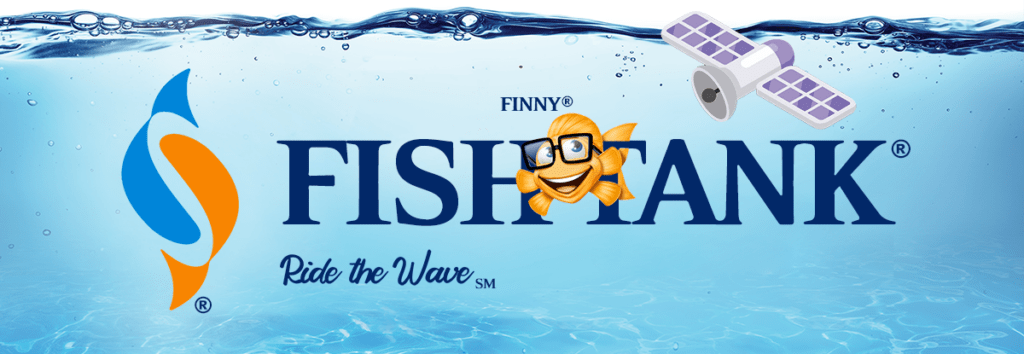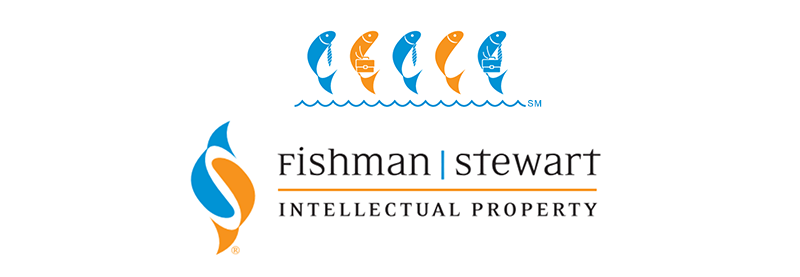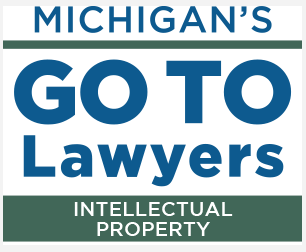Intellectual Property Insights from Fishman Stewart PLLC
Newsletter – Volume 22, Issue 4

Standard Essential Patents – The Backbone of the Communications Revolution
Hi-tech products are made these days by many manufacturers in many industries. Seemingly magically, products engage and communicate with one another and with end users none the wiser about the complex industrial arrangements that are often operating behind the scenes. What is it that allows manufacturers to fabricate components to successfully interact with other devices? Should there be concerns about patent infringement? And, if a company is innovating in this field, what mechanism is there for compensating an innovator who obtains a patent? Can or should this innovator assert patent infringement and have to litigate to get its just reward for advancing the technology? The challenge is significantly more difficult when considering industries such as in telecommunications where thousands of components come together from multiple manufacturers and perhaps many, many patents at play.
Industries often establish standards for products that enable the products to communicate and engage with one another. The standards are generally procedural or technical, and compliance with the standards can be a ticket for a company into new industries. As such, a product made by company A may have no relationship with company B, but between them they may separately fabricate products that successfully interact with one another in an end device. One simple example of this may be a charger for a smart phone, and one can easily imagine any number of innovations that go into the device, including: voltage capability; plug size; corrosion resistance; electrical current capability; receptacle size – just to name a few.
But how are standards established, and who establishes them? Typically private industry organizations are formed by industry participants who, as participants, are best suited to understand the challenges faced and the ongoing innovations in their industry. Members work within the organization to establish appropriate standards. Although compliance may only be voluntary, failure to comply may lock a company out of the market as the market moves on to new standards.
Next generation technologies are often led by the patents filed in that industry. Standard Essential Patents (SEPs) are defined as a subset of patents that are indispensable to producing certain products in a given industry. SEPs (distinguished from ordinary or “non-essential” patents) generally will be infringed if a product complies with a certain standard. To become a SEP, typically a patent owner submits the patent to an overseeing organization, and if the patent is deemed essential to the technology it may be written into a new standard.
License fees paid to use the standard are funneled back to the SEP owner via a “FRAND”, which is a “fair, reasonable, and non-discriminatory” fee, rewarding the innovator for possibly years to come during the life of the patent as the standard is adopted. See how wireless technology company, Qualcomm, handles SEPs and FRAND HERE. New product developers, paying the licensing fees, are generally free to use the standard without fear of patent repercussions as they use the patented technology in their own industry. Many see this as a win for everybody as the race to innovate creates a race to move innovated products to market – with many, many inventors, companies, and investors all rowing in the same direction. Others, such as Apple, respect the good intentions of the standards, but are cautious about implementation.
This arrangement has driven the telecommunications industry in particular, quickly moving through 3G, LTE (4G), and now on to 5G. This has led further to the boom in new products, including new ways to communicate (i.e., mixed reality), autonomous vehicles, healthcare advances, smart factories, and smart homes. The future is unfolding in front of our very eyes. Hang on, there’s more to come!
Published February 18, 2022

Doug LaLone speaks with The Anti-Architect Podcast
Christian Giordano invites Fishman Stewart attorney, Doug LaLone, to a conversation on The Anti-Architect Podcast. Driven by a quest for learning with 25+ years of experience, Christian – The “Anti-Architect” – is reimagining the building industry with a progressive approach as president and co-owner of Mancini Duffy, an NYC-based architecture and design firm, which Fishman Stewart proudly represents. The podcast seeks to to improve the industry by taking a critical look at how architects work with their clients and, in turn, how clients view architects. Christian’s aim to bring his audience new voices from the industry, interesting people with diverse backgrounds. Through shared experiences, stories, and projects his hope is that we can improve the profession.
Doug shares his perspective as an intellectual property attorney, and highlights the value, protection, and enforcement prospects of an architect’s portfolio. Together, Doug and Christian identify architectural assets and the solutions to common legal quandaries architects may face.
IDENTIFYING, SECURING AND ADVANCING CREATIVITY®












